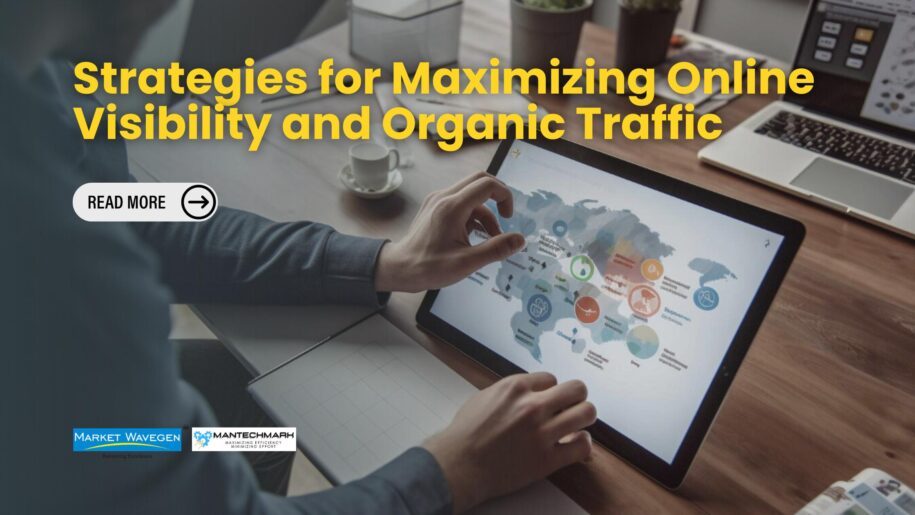The Synergy of Creativity and Data in B2B Marketing Success is a critical factor in today’s business landscape. In the world of B2B marketing, the successful synergy of creativity and data is not just beneficial; it’s essential. This blend is the driving force behind innovative strategies that resonate with target audiences and drive meaningful results. Let’s explore how the fusion of these two powerful elements can redefine the landscape of B2B marketing.
The Foundation of Data-Driven Strategies:
Data is the compass guiding every successful marketing campaign. In the realm of B2B marketing, it’s crucial to base decisions on hard facts, figures, and trends.
- Insightful Data Analysis: Utilizing data analytics tools, marketers can gain a deep understanding of market dynamics, customer preferences, and competitive landscapes. This insight is invaluable for crafting targeted, effective strategies.
- Enhanced Customer Profiling: Data helps in creating detailed profiles of potential clients. Understanding who the customers are, their pain points, and their journey helps in tailoring marketing messages that speak directly to their needs and interests.
The Role of Creativity in B2B Marketing:
Creativity in B2B marketing isn’t just about aesthetics; it’s about finding innovative ways to communicate complex ideas and value propositions.
- Engaging Content Creation: Through creative storytelling and compelling content, B2B marketers can make even the most intricate products or services relatable and engaging.
- Innovative Campaigns: Creativity leads to the development of unique marketing campaigns that stand out. It’s about differentiating your brand in a crowded market through original ideas and approaches.
The Future of B2B Marketing: A Canvas Painted with Data and Creativity
Looking ahead, the B2B marketing landscape will be increasingly defined by the powerful synergy of data and creativity. Imagine a future where:
- AI-powered Creativity: Artificial intelligence will assist in generating content ideas, personalizing messaging, and optimizing campaigns based on data-driven insights. This technological advancement will free up human creativity for strategic direction and innovative leaps.
- Hyper-Personalization: Marketing will become increasingly granular, with campaigns tailored not just to specific segments but to individual customers. Data and real-time interaction will fuel this hyper-personalization, leading to deeply resonant experiences.
- Metrics and Emotions: While data will remain crucial, the future of B2B marketing will also embrace the power of emotional engagement. Marketers will learn to quantify the impact of creativity on brand loyalty, customer satisfaction, and advocacy, painting a holistic picture of success.
Synergy: When Data Meets Creativity:
The intersection of creativity and data is where true marketing magic occurs.
- Personalized Marketing Experiences: Combining data insights with creative execution enables marketers to create highly personalized experiences. Tailored content that resonates with the specific needs and interests of each segment leads to better engagement and conversion rates.
- Data-Infused Storytelling: Using data to inform and enhance storytelling can create a powerful narrative. It’s about leveraging data to add credibility and depth to the creative content, making it more compelling and persuasive.
Case Studies and Metrics of Success:
Illustrating this synergy through real-life examples can provide a clearer understanding of its impact.
- Success Stories: Sharing case studies where the combination of creativity and data has led to significant breakthroughs in lead generation, customer engagement, and sales conversions.
- Measurable Results: Discussing how this synergistic approach has improved key performance indicators (KPIs) like return on investment (ROI), customer acquisition costs, and lifetime value (LTV).
Conclusion:
In conclusion, the synergy of creativity and data is not just a nice-to-have in B2B marketing; it’s a must-have. This powerful combination allows marketers to craft more effective, engaging, and successful marketing strategies. By embracing both data-driven insights and creative execution, B2B marketers can create campaigns that are not only innovative but also deeply resonant with their target audience.
Book your appointment now and start your journey towards a more
FAQs
1. What is the importance of combining creativity and data in B2B marketing?
Ans: This question addresses why it’s crucial to blend creative ideas with data-driven insights for effective B2B marketing strategies.
2. How does data influence creative decision-making in B2B marketing campaigns?
Ans: This FAQ explores how data analytics can guide and enhance the creative aspects of marketing campaigns, leading to more targeted and impactful results.
3. Can B2B marketing be successful with either creativity or data alone?
Ans: This question discusses the effectiveness of using either creative ideas without data or data-driven strategies without creative input in B2B marketing.
4. What are some examples of successful B2B marketing strategies that used both creativity and data?
Ans: This FAQ seeks real-world examples or case studies where the fusion of creativity and data has led to successful B2B marketing outcomes.
5. What are the challenges in balancing creativity and data in B2B marketing, and how can they be overcome?
Ans: This question delves into the potential difficulties businesses may face when trying to integrate creativity with data and offers insights on how to effectively balance the two.
Try Out MANTECHMARK Now


Leave a Reply